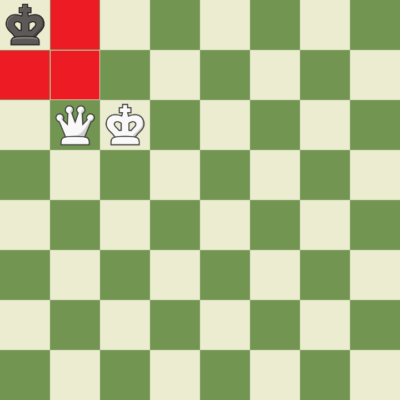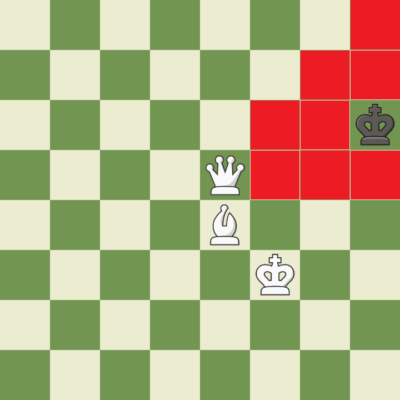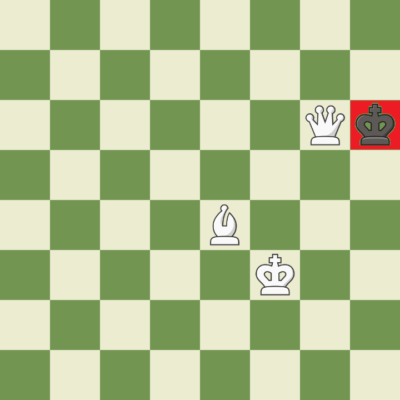What Is Stalemate in Chess? Chess is a game of strategies, tactics, and surprises. One of the most intriguing situations in chess is something known as a stalemate. But what is stalemate in chess, and how does it come about? Here, we are going to look into what is stalemate in chess, how it happens, and what it means for both players in a game.
What Is Stalemate in Chess?
Stalemate is a situation in chess when one player has no legal moves, yet that player’s king is not in check. In the event of a stalemate, the outcome is a draw. Neither player wins. Of course, this can be frustrating when you’re ahead in the game, but it also can prove to be your lifesaver if you’re behind!


Stalemate Position
How Does Stalemate Happen?
Stalemate usually happens in the endgame when there are few pieces remaining on the board. It occurs when the player whose turn it is has no more legal moves left, and at the same time, his king is not under threat. For example, if the king is enclosed by its own pieces or by the opponent’s pieces, but none of these pieces are able to move and the king itself is not under check, then it’s stalemate.
Examples of Stalemate in Chess
The following are a few common positions where stalemate can occur:
- King in the Corner: One king is ‘trapped’ in the corner of the board and has no move out of it while not being in check.
- Blocked Pawns: Pawns are blocked in such a way that they have no further scope of moving forward and the king has no more legal moves.
- Unintentional Stalemate: Sometimes, a player may not even realize he is creating stalemate by placing the opponent’s king in a position in which it is unable to move further, as his actions are all unintentional.
Stalemate vs. Checkmate
While many people confuse stalemate with checkmate, they are fundamentally different. The king, in a position of checkmate, therefore cannot escape, which means the game is won by a player who has given the checkmate. In a stalemate, although the king is not under check, he is unable to move; therefore, stalemate does not mean a win but a draw.

Stalemate position

Checkmate position
The Role of Stalemate in Strategy
Stalemate can be used to one’s advantage in chess. If you are in a losing position, you may try for a stalemate to avoid losing the game. Conversely, if you’re in a winning position, you need to take care not to blunder into a stalemate, as that would rob you of your win.
Avoiding Stalemate: Some Tips
If you are winning in a game, you’ll want to avoid stalemate to make sure you win. Here are some tips:
- Think Ahead: Always be one step ahead and anticipate what your opponent might play before making your move.
- Control the Board: Keep your pieces active and make the squares on the board yours.
- Be Cautious in the Endgame: Pay extra attention, as stalemate is more likely to occur in positions when only a few pieces remain on the board.
Why Stalemate in Chess Is Important to Know
Understanding stalemate in chess is crucial for players of all levels. It’s not just a rule, but a strategic tool that can change the outcome of a game. Whether you’re trying to avoid a stalemate when you’re winning or attempting to force one when you’re losing, knowing stalemate in chess can give you the upper hand. This knowledge helps in preventing accidental draws and also adds depth to your strategic thinking, especially in the endgame.
What Is Stalemate in Chess
Stalemate in Chess is the most interesting part of chess, giving it depth. Whether you are trying to avoid it or use it to your advantage, any chess player should not let up on understanding stalemate. Keep your eyes open for those tricky positions next time you play where stalemate might be lurking, and use your knowledge to make the best moves!









